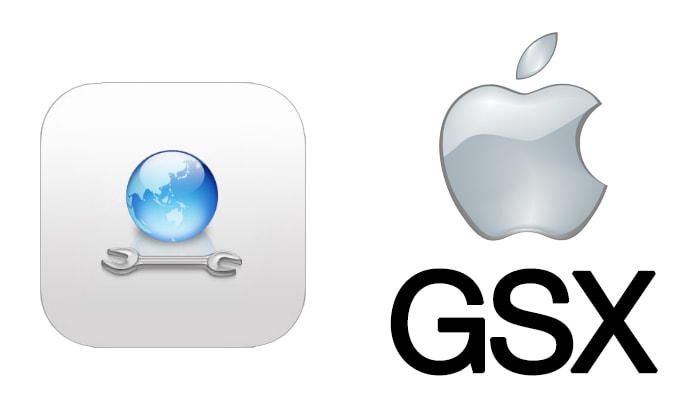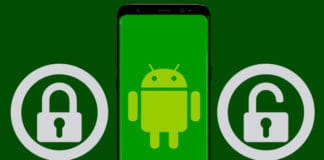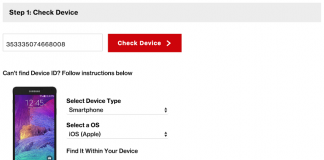Did you know that GSX Database of Apple contains all the details needed to find if an iPhone is locked and its status on the whole? It’s used by official IMEI Check Service & iPhone Unlock Providers. In this post, we discuss about it in more detail and also explain how its related to Official IMEI Unlock and iPhone IMEI Check Service.

Apple Global Service Exchange (GSX)
GSX or Apple Global Service Exchange is a tool consisting of the following abilities: repair, order management and single service. Apple partners with it to keep together several service businesses globally.
Onside: helps with instant access of Apple GSX database for service parts lookup and warranty. You enter the IMEI number and OnSIte is then able to access the Apple GSX database for the pats to be ordered for repairs and the status of warranty.
GSX Web Services: data exchange that Apple partner’s with to integrate apps with GSX.
There’s Can Access Web Services and LiteSpeed Onsite – stuff for firms that want to work with Apple. However, we’re more interested in talking about the IMEI Check Service going through Apple database. Let’s look at that.
iPhone IMEI Check Service and Apple GSX Database info
The very crucial part of iPhone purchase and iPhone unlocking pertains to the iPhone IMEI Check Service, which leverages the IMEI number of the device to find out the following
- Hidden status
- SIM Lock Status
- Blacklist Status
- True specs (serial number, color, etc.)
- iCloud Lock Status
- Mobile Network blacklisted or locked
- Insurance Claims
- Warranty Status
This info comes from Carriers’ Servers and the Apple GSX Database.
Apple GSX Database – Example Info
IMEI Check Report will include crucial detail about iPhone, extracted from Mobile Networks’ Servers and GSX Database. It will appear like this:
| IMEI: | The IMEI Number of your Device |
| Serial: | 12-digit SN Number |
| MAC: | 12-digit MAC Address |
| ICCID: | Known as UDID number |
| Table Model: | iPhone model, storage, color and carrier |
| iOS Version: | The current iOS version installed on the device |
| Unlocked: | True or False |
| Unbricked: | True or False |
| Activation Status: | Yes or No |
| Purchase Country: | The device purchase country |
| First Unbricked Date: | The first time a SIM card was inserted in the device |
| Last Unbricked Date: | The last time a SIM card was inserted in the device |
| Warranty Status: | AppleCare+, Apple Limited Warranty or none |
| Warranty Status Days Remaining: | The remaining warranty in days |
| Sold To: | Sold to Carrier/Network |
| Initial Activation Policy: | Original Carrier & country |
| Applied Activation Policy: | Original Carrier & country |
| Next Tether Policy (Carrier): | |
| Sim Lock: Unlocked | Sim Locked or Unlocked |
| Find My iPhone: | iCloud Activation ON or OFF |
Apart from that, other info like replaced IMEI and blacklist status will be obtained from Carriers’ servers.
Apple GSX Database and iPhone Unlock
Two methods exist to SIM Unlock a device.
The first one requires getting in touch with the Carrier that locked iPhone but it needs paperwork, and if the iPhone purchased is refurbished, it may not be possible to get previous info, and you may also need social security number of the previous owner.
The alternative and better method is Official IMEI Unlock.
The service is enabled by Apple and all Carriers and it access the GSX Database in order to change the SIM lock to unlock on iPhone. So, Apple GSX Database plays a crucial role in iPhone Unlocking and iPhone Checking.
That’s all. If you have any questions about Apple GSX Database, ask us in comments.










![30 Best Cydia Repo Sources For iOS 16/15/14 Jailbreak [2024] best cydia sources 2020](https://cdn.unlockboot.com/wp-content/uploads/2020/06/cydia-sources-13-100x70.jpg)